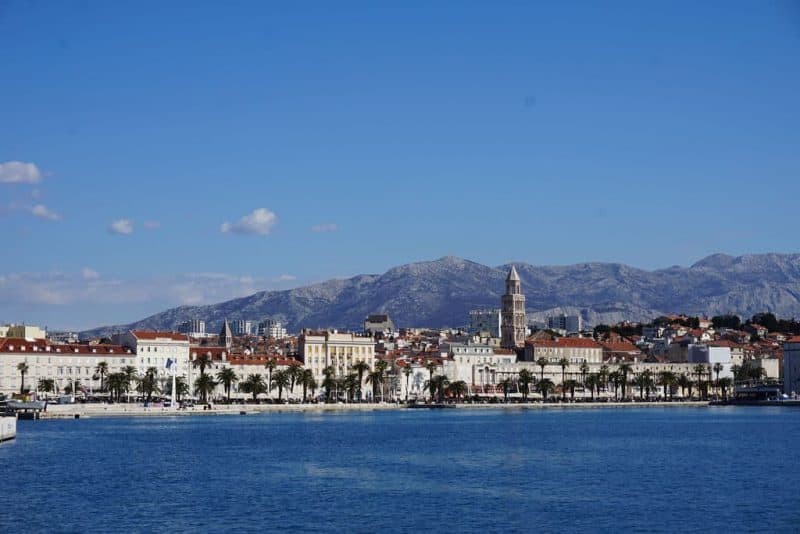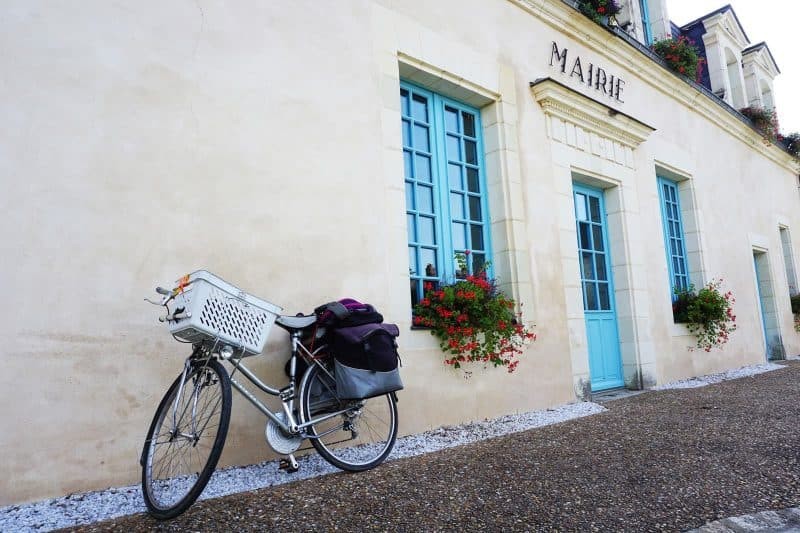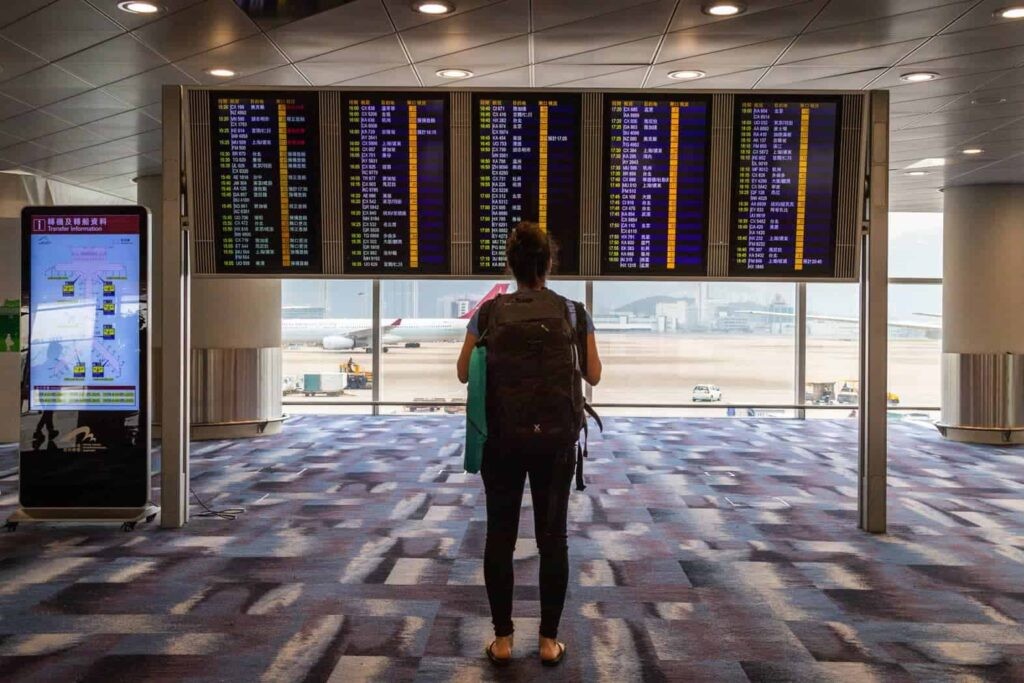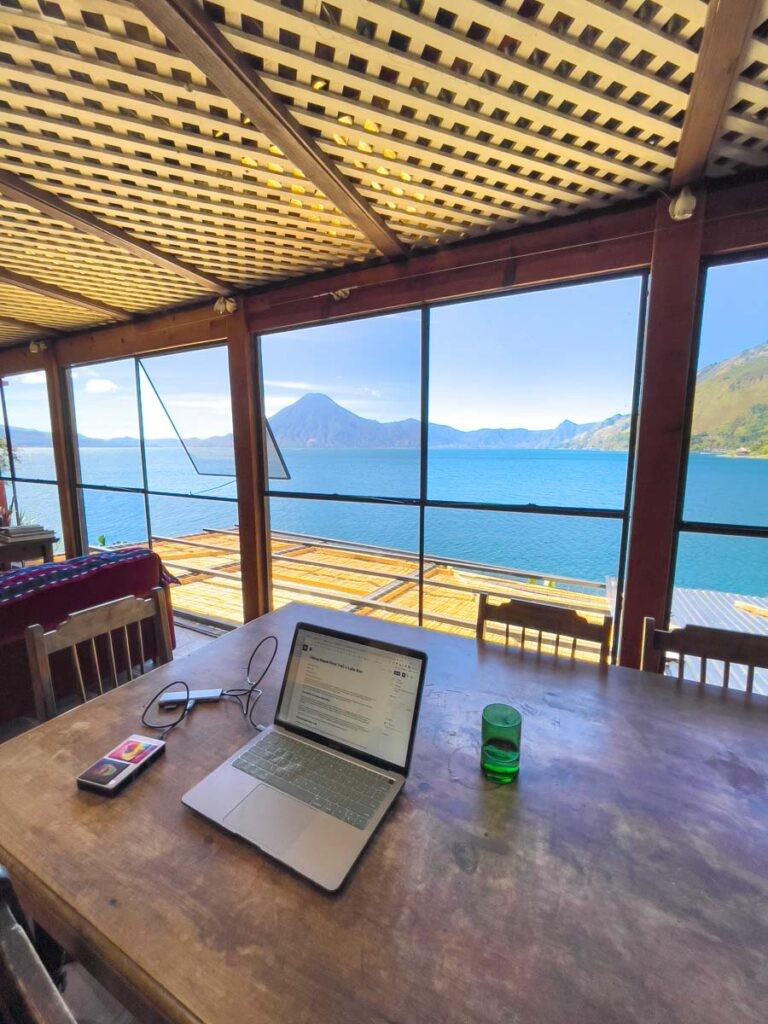Traveling to Europe doesn’t have to break the bank. This guide offers actionable tips for affordable European travel with SIXT.VN, where you can find reliable travel advice and services. We’ll explore ways to minimize expenses on your European adventure, focusing on budget-friendly strategies. Discover how to see Europe without emptying your wallet with savvy tips, cheap travel options, and affordable accommodation solutions.
1. Embrace Slow Travel for Budget-Friendly European Adventures
Want to significantly reduce travel costs in Europe? The secret is simple: slow down. When you linger longer in each destination, you unlock incredible savings.
- Extended stays = Lower expenses: The longer you stay, the less you pay per day.
- Transit costs decrease: Slow travel spreads out big-ticket items like plane tickets.
1.1. Reap the Rewards of Longer Stays
Guesthouses, hostels, and apartments usually offer lower weekly and monthly rates compared to nightly bookings. For instance, a one-bedroom apartment in Split, Croatia, could cost $68 per night for a short-term stay, but a monthly rental could bring that down to around $37 per night, offering significant savings.
 The harbor in Split, Croatia
The harbor in Split, Croatia
1.2. How To Spread Out Your Activities
By spreading your must-see attractions over a longer period, you can reduce your daily spending. Instead of rushing through sights like the Louvre and the Eiffel Tower in Paris in a single day, spread them out over a week. Fill the gaps with budget-friendly activities like picnics in parks or exploring charming neighborhoods.
2. Minimizing Transportation Costs Across Europe
Controlling transit expenses is essential for staying within your budget, whether you’re traveling slowly or quickly. Here are some strategies for keeping those costs down.
2.1. Walking and Cycling: Your Most Economical Choices
Opting for walking or cycling is not only budget-friendly but also beneficial for your health and offers a unique perspective on the destinations you visit. If a place is less than an hour’s walk away, put on your walking shoes. You’ll discover hidden gems, bakeries, shops, gardens, and alleys that you would otherwise miss.
 Cycling across France
Cycling across France
2.2. How To Utilize Trains Around Europe
Trains are a convenient option when walking isn’t feasible. To keep costs low, check multiple routes and departure times. Websites like Omio can help you find great deals on flights, trains, and buses.
Consider options like Eurail passes, which offer flexibility and can be cheaper than buying individual tickets, especially if you plan to travel extensively by train. Also, inquire about local train or tram discount cards for significant savings during longer stays.
2.3. How To Find Cheap Flights Across Europe
Apply the same principles to flights: explore different airports, dates, and routes. Sometimes flying from a nearby city or country can save you hundreds of dollars, even after factoring in the cost of transportation to the departure airport.
Skyscanner is a valuable tool for finding the cheapest flights, including those offered by budget airlines like Ryanair, which are perfect for quick hops between countries.
 Looking at flights on an airport board.
Looking at flights on an airport board.
2.4. How To Take Advantage of Buses in Europe
Bus services like Flixbus and BlaBla Car offer affordable transportation options across Europe. Buses may take longer, but they provide a chance to relax, enjoy the scenery, and often come with amenities like free Wi-Fi, power outlets, and restrooms.
FlixBus also focuses on environmental protection and offers solar and wind power energy to operate their trains and buses.
Deals can be found for as little as 5 euros one-way, especially if you book early. BlaBla Car also offers carpooling services, connecting you with drivers heading in your direction for a small fee to cover gas.
2.5. Car Rentals in Europe: Weighing the Costs
Renting a car offers flexibility, but be aware of hidden costs such as age restrictions, one-way fees, and charges for GPS or cross-border travel. Websites like Expedia can help you compare prices, but always read the fine print to avoid surprises.
2.6. Unconventional Car Rental Options
Consider campervan companies that need drivers to return vans to their original locations. Movacar is one such service, offering rentals for as little as 1 euro with a limited time frame to get the van to its destination.
3. How To Secure Affordable Accommodations in Europe
Accommodation is a big part of your travel budget. Here are some strategies to reduce this expense.
3.1. Couchsurfing and Warmshowers
If you enjoy meeting new people, Couchsurfing (for all travelers) and Warmshowers (for cyclists) offer opportunities to stay with locals for free.
3.2. Apartments and Guesthouses
For longer stays, apartments or rooms in shared apartments are usually the most cost-effective option, especially if they have a shared kitchen.
 This facade of a building could be an inexpensive accomodation option allowing you to travel Europe on a budget.
This facade of a building could be an inexpensive accomodation option allowing you to travel Europe on a budget.
3.3. Work Exchanges
Work exchanges through platforms like Worldpackers let you exchange your time and skills for free room and board. Opportunities range from teaching English in Southeast Asia to helping with social media at a hostel in Australia. Accommodations can vary from tents to private guest houses, so read host profiles and reviews carefully.
 Do a Worldpackers experience to travel on a budget.
Do a Worldpackers experience to travel on a budget.
3.4. House Sitting
House sitting through platforms like TrustedHousesitters offers free accommodation in exchange for looking after someone’s home and pets. Europe has numerous house-sitting opportunities, with stays ranging from one night to several months. It’s a cost-effective way to experience local life and care for adorable animals.
 Me at a desk in London being a digital nomad with a dog
Me at a desk in London being a digital nomad with a dog
4. Health on the Road: Budget-Friendly Healthcare in Europe
Healthcare costs in Europe are generally more affordable than in the United States. Travel insurance like GeoBlue can provide coverage for around $165 per month, covering you in countries all over the world except the U.S. Even paying out-of-pocket can be surprisingly inexpensive.
For example, hospitalization in Malta, including an ambulance ride, IV fluids, and doctor consultations, can cost as little as $150. Dental care, like X-rays and fillings, is also significantly cheaper than in the U.S.
4.1. Affordable Health Services in Europe
| Service | Cost in Europe (Example) |
|---|---|
| Hospitalization | $150 |
| Dental X-rays | $30 |
| Filling replaced | $60 |
5. How Solo vs. Partner Travel Impacts Your Budget
Traveling solo or with a partner can influence your budget. While traveling solo may require staying in more roommate situations or smaller studio apartments, splitting costs with a partner can open up opportunities for better accommodations.
With two people contributing, you can afford slightly more expensive apartments with more space, light, and a better location. Shared accommodation costs can result in significant savings and improved quality of life during your travels.
 Cute cabins in Lake Bled, Slovenia
Cute cabins in Lake Bled, Slovenia
6. How To Explore Eastern Europe on a Budget
The most economical way to travel Europe is often by focusing on Eastern European countries. Developing countries like Romania, Bulgaria, and Croatia offer cost savings, though infrastructure may not be as developed.
While a month in an expensive Western European city can exceed $2,000, you can find a lovely two-bedroom apartment in Mostar, Bosnia, and Herzegovina, for less than $1,300. Konjic, Bosnia, and Herzegovina, once had monthly expenses of just $1,157.
 Rasnov, Romania
Rasnov, Romania
7. How To Enjoy Western Europe Without Breaking the Bank
It is possible to stay within budget in Western Europe. For example, one of the cheapest months spent in a Western European country was in Taormina, Sicily, Italy, for $1,364, which was less expensive than a month in Dubrovnik, Croatia, at $1,443.
Although Western Europe tends to be pricier, countries like Slovenia, Spain, Italy, and Belgium offer good value. You can find affordable apartments in cities like Toledo, Spain, or Kobarid, Slovenia, for around $1,300-$1,400 per month.
 Farmers market purchases in Grenoble, France
Farmers market purchases in Grenoble, France
8. How To Avoid the Most Expensive Countries
Switzerland, the UK, the Netherlands, and France are the most expensive countries to visit in Western Europe. The Scandinavian countries are also known for being costly. Even in these expensive destinations, careful budgeting can help you manage your expenses.
Cycling across France, while enjoyable, can lead to higher costs due to nightly stays in budget hotels. Cities like Paris, Biarritz, and Amsterdam can also strain your budget if you’re not careful with dining and accommodation choices.
8.1. Costly European Countries
| Country | Reason |
|---|---|
| Switzerland | High cost of living |
| UK | Expensive accommodation and transportation |
| Netherlands | High demand, limited budget options |
| France | Popular tourist destinations, premium pricing |
9. How To Travel Europe on a Budget With a Dog
Traveling with a dog is possible on a budget. European veterinary care is usually cheaper than in the United States. For example, vet bills for treating pancreatitis in Croatia can be less than $150, while a blood test in Colorado can cost upwards of $200.
Most airlines charge $50-$100 for an in-cabin dog on flights within Europe, while trains usually have small or no fees for dogs in carriers.
 Luna the traveling pooch
Luna the traveling pooch
10. When Is the Best Time To Travel To Europe?
Traveling to Europe during the summer months (June to August) can be expensive due to peak tourist season. Prices for flights, accommodations, and tours tend to be higher.
10.1. Shoulder Seasons
Consider traveling during the shoulder seasons (August to October or March to May) for cheaper prices, fewer tourists, and more pleasant weather. Avoid traveling in mid-August, when many Europeans take their annual vacations, and everything shuts down.
 Traveling to Spain during shoulder season is a smart way to travel Europe on a budget.
Traveling to Spain during shoulder season is a smart way to travel Europe on a budget.
10.2. Winter Months
The winter months can be harsh but offer a cozy getaway with fewer crowds and snow-based activities. These are usually the cheapest months to travel, except during the holidays.
FAQ: Travel Europe on a Budget
1. What is the cheapest way to travel around Europe?
Traveling slowly, utilizing local transportation such as buses and trains, staying in budget-friendly accommodations like hostels or apartments, and taking advantage of free activities like walking tours are among the most affordable options.
2. How much money do I need for 2 weeks in Europe?
Depending on your travel style and destination, you may need between $700 and $2,800 for a two-week trip. Planning ahead, utilizing budget-friendly choices, and focusing on more affordable regions will help you save money.
3. Is it cheaper to travel Europe by train or bus?
Buses are usually cheaper than trains, but trains provide more comfort and speed. For budget travelers, buses such as Flixbus are a fantastic alternative.
4. What are the cheapest countries to visit in Europe?
Eastern European countries such as Bulgaria, Romania, and Hungary are the cheapest, followed by Portugal, Spain, and Italy.
5. What is the best month to go to Europe to save money?
The shoulder seasons (late March to May and late September to October) are the best months to visit Europe for lower prices and smaller crowds.
6. How can I save money on food while traveling in Europe?
Visit local markets, cook your meals, eat lunch specials, and avoid touristy restaurants to save money on food.
7. Are there any free things to do in Europe?
Free walking tours, museums on specific days, parks, churches, and local celebrations are among the many free things to do in Europe.
8. Is it better to buy a Eurail pass or individual train tickets?
It depends on your itinerary. If you are planning to travel extensively by train, a Eurail pass may be more cost-effective. If you only plan to take a few train journeys, purchasing individual tickets may be cheaper.
9. How far in advance should I book flights and accommodations for the best deals?
It is best to book flights and accommodations as soon as possible, generally 2-3 months in advance, to secure the best pricing and availability.
10. Are there any apps that can help me save money while traveling in Europe?
Yes, there are many apps that may help you save money when traveling in Europe, including Skyscanner for cheap flights, Booking.com for lodging discounts, and local transit apps for affordable transportation.
11. Final Thoughts: Your Affordable European Adventure Awaits
Traveling Europe on a budget is achievable with careful planning and resourceful choices. By traveling slowly, taking advantage of local transport, selecting budget-friendly accommodations, and visiting inexpensive regions, you can experience the charm of Europe without breaking the bank. With these money-saving techniques, your dream European getaway is within reach.
Ready to start planning your budget-friendly European trip? Contact SIXT.VN today for expert advice, reliable airport transfers, affordable hotel bookings, and exciting tour options. Let us help you create the European adventure of a lifetime without exceeding your budget. Visit SIXT.VN or call +84 986 244 358 to learn more. Start your unforgettable journey today!
Address: 260 Cau Giay, Hanoi, Vietnam.
Explore Europe affordably with SIXT.VN – your gateway to unforgettable experiences.



